Horse chestnut, or Aesculus, is a majestic tree, often planted in parks and large gardens for its dense foliage and magnificent white, candle-like flowers. Valued for the shade it provides, it can reach 20 to 30 metres in height and develop an impressive crown.
Pruning this tree helps maintain its shape, stimulate its growth, and prevent diseases. But beware, horse chestnut requires careful, light pruning suited to its development. Discover our detailed advice for successful pruning.
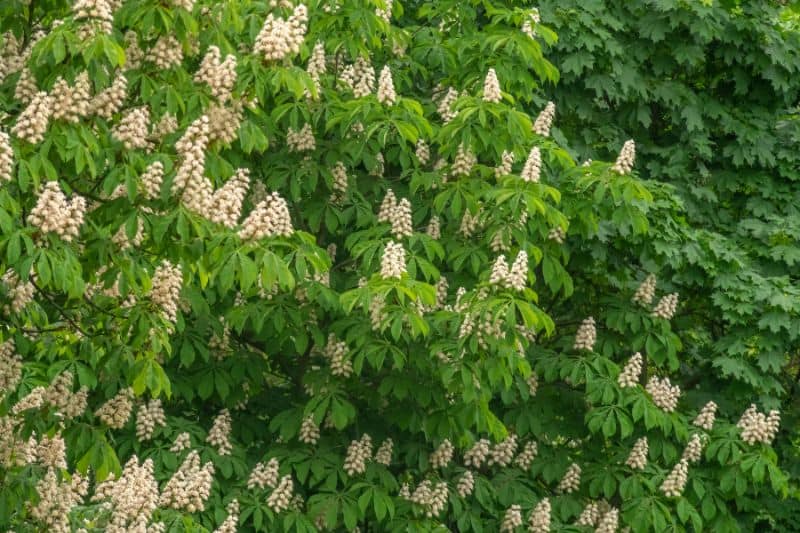
Why pruning a horse chestnut?
Pruning a horse chestnut offers several advantages:
- Improve its health: by removing dead or diseased branches, you reduce risk of spread of issues such as the horse chestnut leaf miner.
- Enhance safety: by cutting overly heavy or badly positioned branches, you limit risk of falling branches.
- Encourage harmonious growth: pruning helps control tree height and spread, ideal for gardens with limited space.
- Stimulate flowering: correct pruning can encourage abundant, uniform flowering.
Safety advice: if your horse chestnut has become too large or requires major pruning, it is preferable to call a specialist to avoid damaging the tree or injuring yourself.
When to prune a horse chestnut?
For maintenance or formative pruning the best time is late winter, just before the sap rise, or in late autumn, when the tree enters dormancy. At these times the tree has no leaves, which allows a clear view of its structure, and it undergoes less stress.
Avoid pruning in spring or summer, when the sap circulates heavily. This can cause significant sap bleeding, which weakens the tree and favours disease.
Dead or dangerous branches can be removed at any time of year for safety reasons.
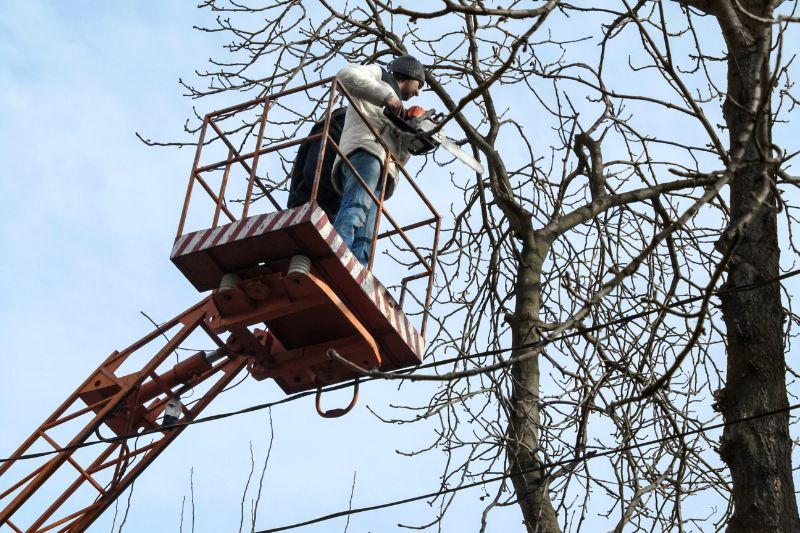
How to prune a horse chestnut?
Pruning a horse chestnut is divided into two main categories: formative pruning for young trees and maintenance pruning for mature trees.
Formative pruning
Formative pruning applies to young horse chestnuts in the first years after planting. Its aim is to guide the tree’s growth so it develops a solid, balanced structure.
1- Define main scaffold branches: choose 3 to 5 branches evenly distributed around the main trunk to form the tree’s framework. Remove competing or poorly placed branches that could unbalance the structure.
2- Reduce secondary branches: lightly cut lateral shoots to promote directed growth and prevent them from competing with the scaffold branches.
3- Remove vertical branches: remove suckers and shoots that grow straight upwards or downwards. This encourages balanced branching.
Note: prune moderately to avoid weakening the tree. Each cut should be made just above a bud oriented in the desired direction (generally outwards) to guide the future shoot.
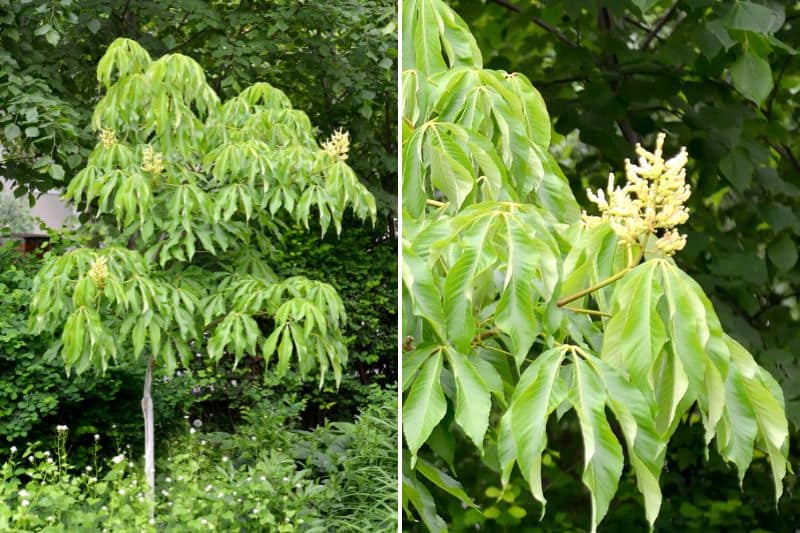
Maintenance pruning:
1- Identify dead, diseased or damaged branches and cut them as close as possible to their point of attachment, without damaging the trunk.
2- Open up the branches by pruning branches that cross, rub against each other or grow inwards. This improves air and light circulation, thereby reducing risk of disease.
3- Shorten overly long branches by pruning above an outward-facing bud.
4- Remove suckers that grow at the base of the tree (suckers) and unproductive vertical shoots (suckers/watershoots), often found on the trunk or main branches.
Note: Horse chestnut tends to form callus ridges when large branches are removed. To limit this, prune branches while they are still small (less than 5 cm in diameter), using a disinfected tool. Then apply a wound dressing to slow the entry of pathogenous organisms.
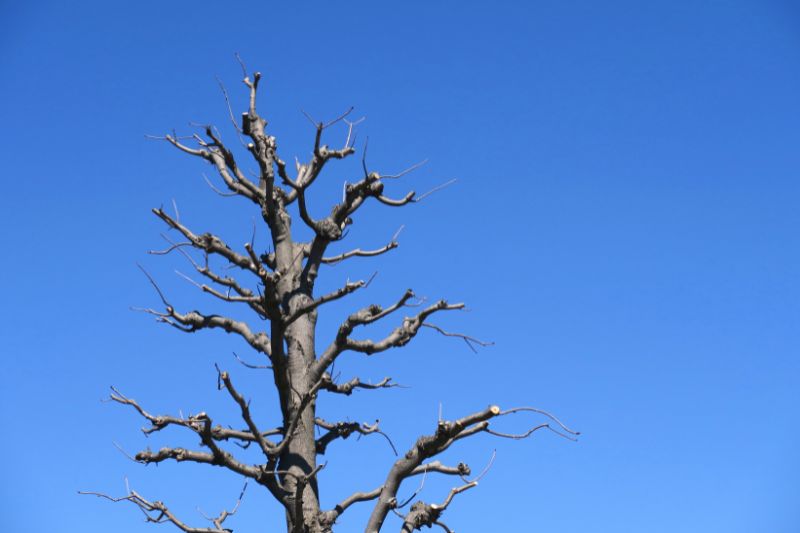
Care after pruning a horse chestnut
After pruning, some care is necessary to help your horse chestnut recover:
- Wound dressing: apply to large cuts to prevent entry of parasites or fungi.
- Apply compost or an organic fertiliser at the base of the tree to stimulate recovery.
- Mulch: add mulch at the tree base to retain moisture and enrich the soil.
- Monitoring: inspect the tree regularly to detect any signs of stress or disease.































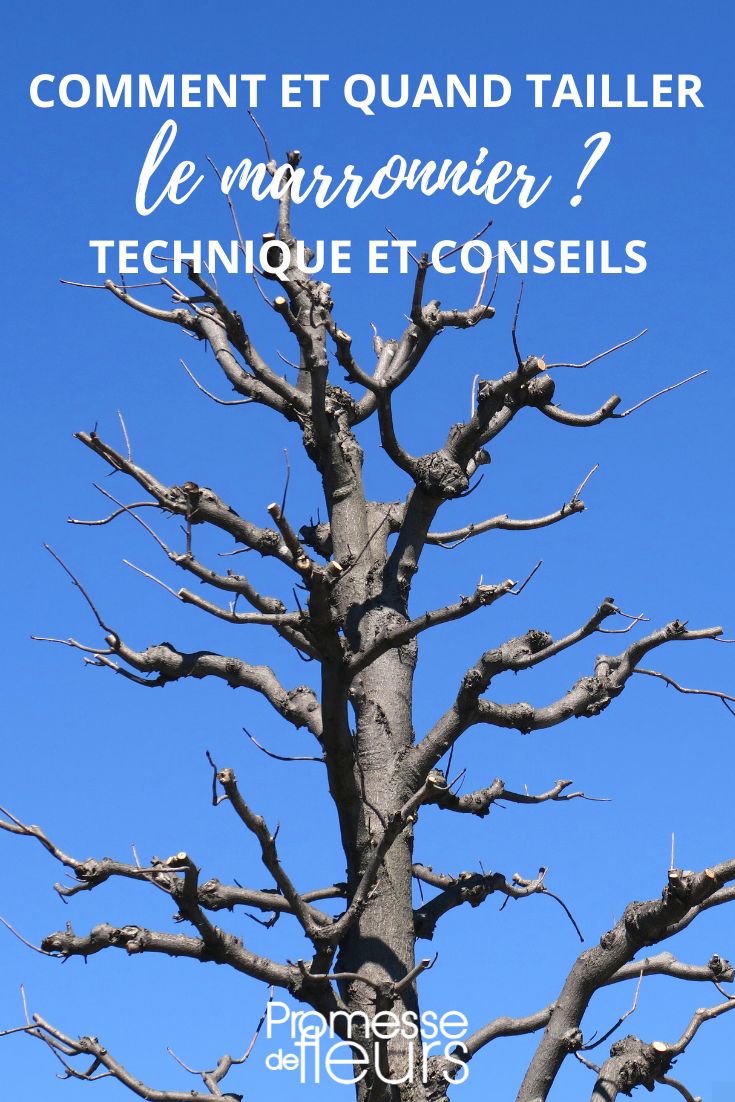
Comments